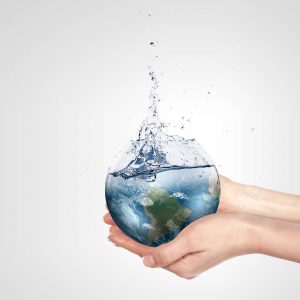Runoff of phosphorus and nitrogen from farming, stormwater, and wastewater treatment plants is an increasing issue for aquatic environments around the world. While phosphate and nitrogen are natural and necessary components of aquatic ecosystems, too much can be dangerous. Excess amounts of these nutrients, also known as nutrient pollution, is detrimental to plants, wildlife, waterways, and our own public health. Although this issue is not new, there’s been an uptick in awareness as water and wastewater utilities aim to improve drinking water quality and meet regulatory requirements.
Problems with Excess Nutrients
Nutrient pollution is a widespread problem that affects rivers, streams, lakes, bays, and coastal waters across the country.
Algal Blooms
Increased levels of phosphorus and nitrogen can cause harmful algal blooms that ultimately lead to the production of toxins and elevated bacteria levels that are harmful to people and wildlife. In fact, nutrient pollution can cause issues in water quality both near and far from the location where the nutrients enter the water source. A study from the US Water Alliance noted an instance of water pollution where excess nutrients from the Mississippi River Basin caused toxic algal blooms 2,300 miles downstream in the Gulf of Mexico. The algae later decomposed, all while consuming large amounts of oxygen and creating dead zones in which aquatic organisms could not survive.

Treatment Costs
When it comes to treating wastewater and providing high-quality drinking water to customers, costs will rise for water utilities should the water be saturated with excess nutrients.
Recreational Opportunities
The problems that stem from excess nutrients in water bodies negatively impact the livelihood of those who use the water for recreational purposes. According to the EPA, the US tourism industry loses nearly $1 billion each year, while the commercial fishing industry loses tens of millions.
Sources of Excess Nutrients
Most excess nutrients in the water originate from agricultural runoff, urban stormwater, and discharge from wastewater treatment plants. There are two types of sources – “point” sources and “nonpoint” sources. Point sources typically refer to industrial and municipal wastewater treatment plants. Nonpoint sources refer to agricultural and stormwater runoff.
Point Sources
$1.4 trillion in public funding has been invested in improving municipal wastewater treatment facilities to address nutrient pollution since 1972.

Nonpoint Sources
The primary approach to reducing nutrient pollution of agricultural nonpoint sources has been the implementation of ‘Best Management Practices’. Best practices vary on a farm-by-farm basis and have the potential to be cost-effective or expensive, depending on several factors. Because farm practices are unpredictable due to cropping patterns, soil properties, hydrology, and weather, many farmers are hesitant to change their current practice. Compared to point sources, a mere $5 billion has bene spent by the federal government to incentivize farmers to implement strategies for nutrient reduction. Additionally, when it comes to nonpoint sources of excess nutrients including stormwater, a lot more can be done on the ground level. Being mindful of what goes down the drain in our yards, and on the streets, can have a huge impact.
Efforts for Reducing Nutrient Pollution
There are many programs in place on both the federal and state level to help reduce nutrient pollution levels. Below are just a few.
The Clean Water Act
This Act regulates point source discharge and requires all dischargers to obtain a National Pollutant Discharge Elimination System (NPDES) permit from the state. NPDES permits enforce limits on the concentration of nutrients that can be discharged into surface waters. Under Section 319 of the Clean Water Act, the EPA also supports state efforts to reduce nonpoint sources of nutrient pollution with its $160 million grant program. According to the EPA, activities supported by these programs may include implementation of state nonpoint source management plans, state regulatory and non-regulatory programs, watershed prioritization and planning, and nonpoint source monitoring.
Financing
Several loans exist specifically for upgrades and construction of wastewater facilities. The State Revolving Fund program offers low-interest loans for wastewater treatment infrastructure, and the USDA’s Rural Development Water and Environmental Programs provide long-term, low-interest loans and grants for the construction of these facilities in rural communities. The USDA and EPA also support the reduction of nutrient pollution by incentivizing voluntary action by nonpoint sources. There are a handful of programs that provide a mix of funding directly to farmers, or to groups at the community or state level.
Partnerships
The EPA and five other federal agencies co-lead the Gulf Hypoxia Task Force. This federal initiative was developed in 2008 (and adopted by 12 states) to reduce nutrient loads by 20 percent by 2025 and by 45 percent by 2035. Other partnerships created to reduce the impacts of nutrient pollution include Source Water Collaborative and the Animal Agriculture Discussion Group.
Outreach
The EPA is working with its partners to combat nutrient pollution in water bodies throughout the country. They’ve created a wealth of communication and outreach materials to increase awareness of the causes, effects, and solutions to nutrient pollution.
Conclusion
In conclusion, we must continue addressing the problem of nutrient pollution in water bodies across the country. While there are several initiatives in place to combat the harmful effects of nitrogen and phosphorus entering the environment, nutrient pollution is increasing at a quicker rate than what is being done to eliminate it. Federal and state agencies, farmers, and even you can play a tremendous role in reducing nutrient pollution. Learn what you can do within your community here.

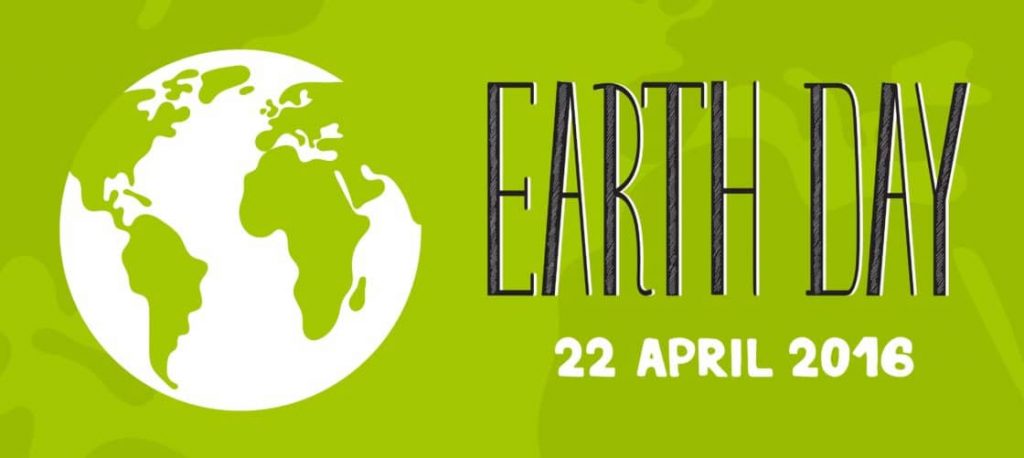 Earth Day, which falls on April 22 each year, is celebrated globally by over one billion people and is largely credited with being the catalyst for the modern environmental movement. The first Earth Day was celebrated in the United States in 1970, and was quickly followed by passage of the
Earth Day, which falls on April 22 each year, is celebrated globally by over one billion people and is largely credited with being the catalyst for the modern environmental movement. The first Earth Day was celebrated in the United States in 1970, and was quickly followed by passage of the 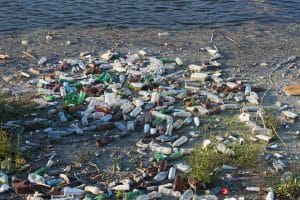
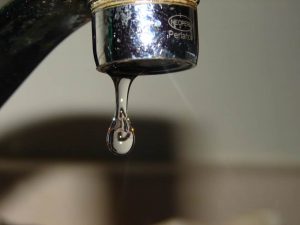 4. Repair leaky faucets and toilets
4. Repair leaky faucets and toilets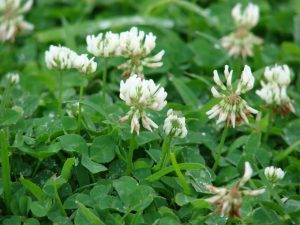
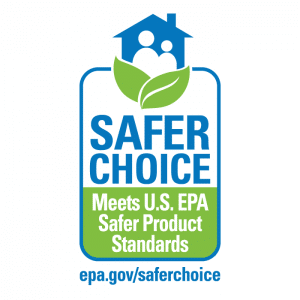
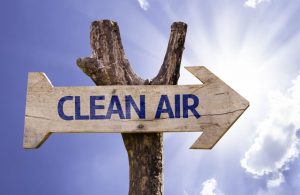 We celebrate Clean Air Day on December 17 each year in honor of the Clean Air Act, which was first passed on that day in 1963. The Clean Air Act, which is a federal law, was originally adopted in an effort to control air pollution. It was one of the first environmental laws in the United States and it helped pave the way for future environmental safeguards, including the Clean Water Act of 1972, which protects our nation’s waters. Both the Clean Air Act and the Clean Water Act are administered by the U.S. Environmental Protection Agency (EPA) in coordination with state and local governments. To this day, the Clean Air Act remains one of the most exhaustive air quality laws in the world.
We celebrate Clean Air Day on December 17 each year in honor of the Clean Air Act, which was first passed on that day in 1963. The Clean Air Act, which is a federal law, was originally adopted in an effort to control air pollution. It was one of the first environmental laws in the United States and it helped pave the way for future environmental safeguards, including the Clean Water Act of 1972, which protects our nation’s waters. Both the Clean Air Act and the Clean Water Act are administered by the U.S. Environmental Protection Agency (EPA) in coordination with state and local governments. To this day, the Clean Air Act remains one of the most exhaustive air quality laws in the world.




